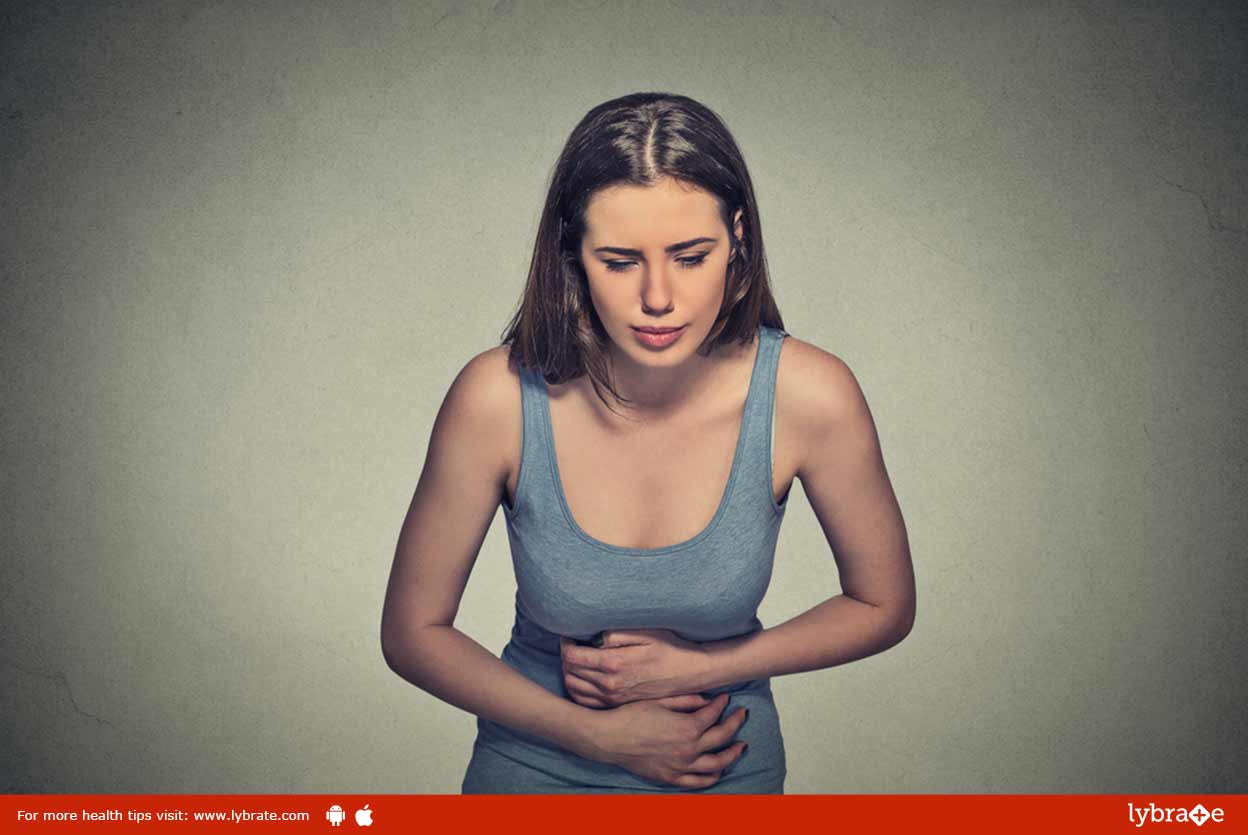By Dr Nutan Hegde , Gynaecology
Premenstrual syndrome (PMS) is a common phenomenon occurring in women before the menses. PMS is known to affect more than 80 percent of women. It starts five to ten days before the menstruation begins and disappears once the menstruation starts. While the exact cause of PMS is unknown, many researchers believe that the cause of PMS is related to a change in the level of serotonin and sex hormones (estrogen and progesterone).
PMS can aggravate to conditions such as anxiety disorder, dysmenorrhea, schizophrenia and depressive disorder. Risk factors associated with PMS include the following:
- Physical trauma
- A history of depression
- A history of PMS in the immediate or extended family
- Drug usage
As stated earlier, nearly 80 percent of all women get affected by PMS symptoms. The majority of this segment does not face any problem in day to day life though. Around 20 percent of the women face symptoms which affect their day to day life and an estimated 8 percent of menstruating women report PMDD (Premenstrual Dysphoric Disorder). Some of the common symptoms of PMS include:
- Sore breasts
- Sensitivity to high volume and light
- Sudden emotional outbursts resulting in depression and sadness
- A constant headache resulting in irritability
- Craving for food, especially sweets
- Abdominal bloating and pain
- Constipation and diarrhea
When to visit a doctor?
Most of the symptoms mentioned above are related to many other diseases such as IBS, anemia, chronic fatigue etc. If a patient faces recurring problems such as pain, mood swings, depression, in every menstrual cycle, it makes sense to visit a doctor. Maintaining a diary to track the symptoms every month is another good way to determine if a woman has PMS.
What are the Precautionary measures?
While PMS cannot be cured for once and all, the symptoms can be eased. Some of the easy-to-follow methods are mentioned below:
- Drink a lot of fluid throughout the day to avoid abdominal bloating
- Eat lots of fresh fruits and vegetables to increase your energy level.
- Avoid sugary products, alcohol and cigarettes
- Certain supplements such as the vitamin B-6, magnesium, folic acid help in reducing cramps and decrease mood swings too
- Regular exercise helps in decreasing abdominal bloating, stress etc.
- A patient of PMS can also undergo cognitive behavioral therapy
Preventing PMS:
Both PMs and PMDD cannot be cured but a healthy lifestyle goes a long way in eliminating the symptoms. For women approaching menopause, PMS can automatically go away or bring in a totally new set of symptoms. It greatly varies from person to person.








































